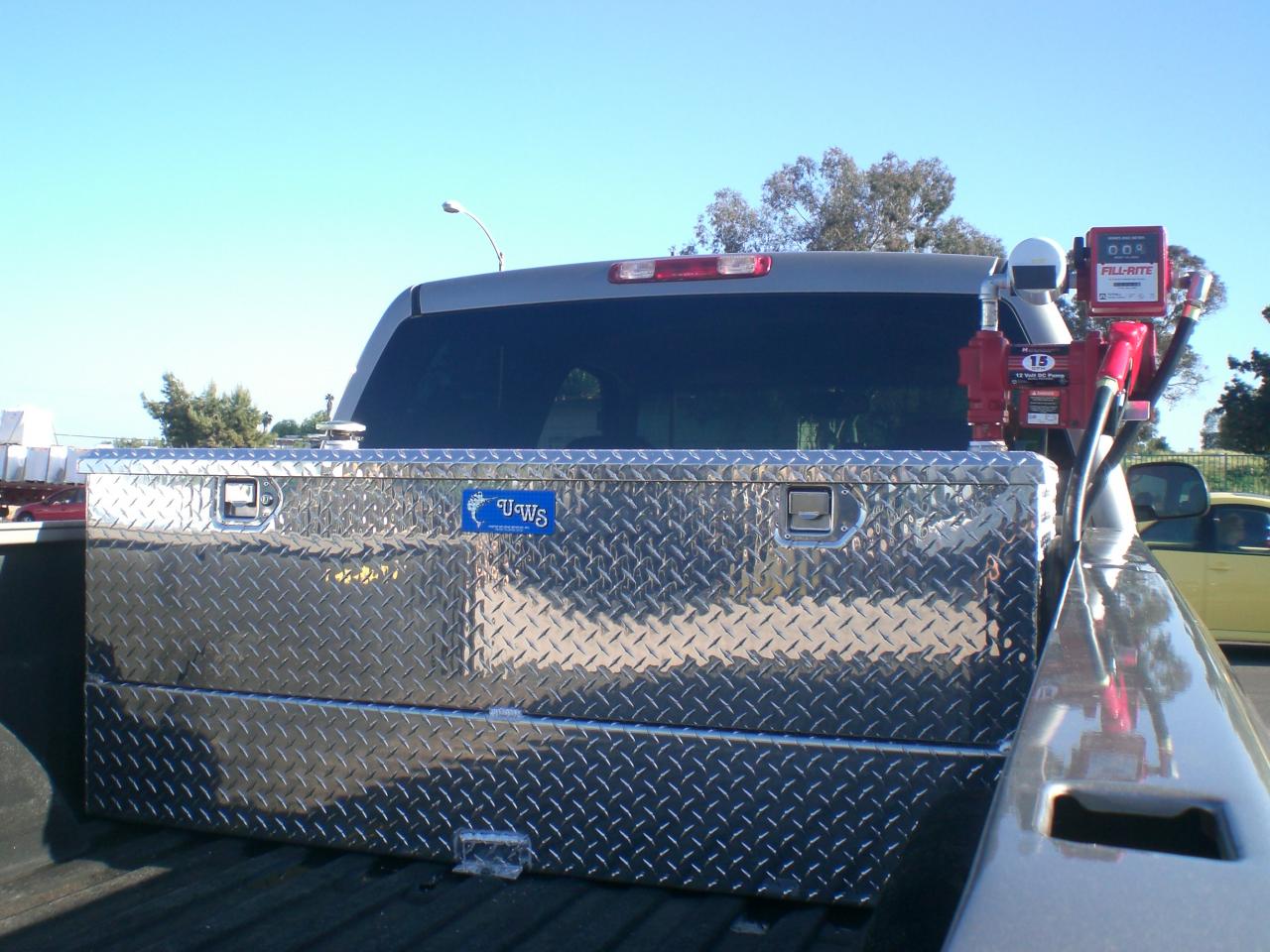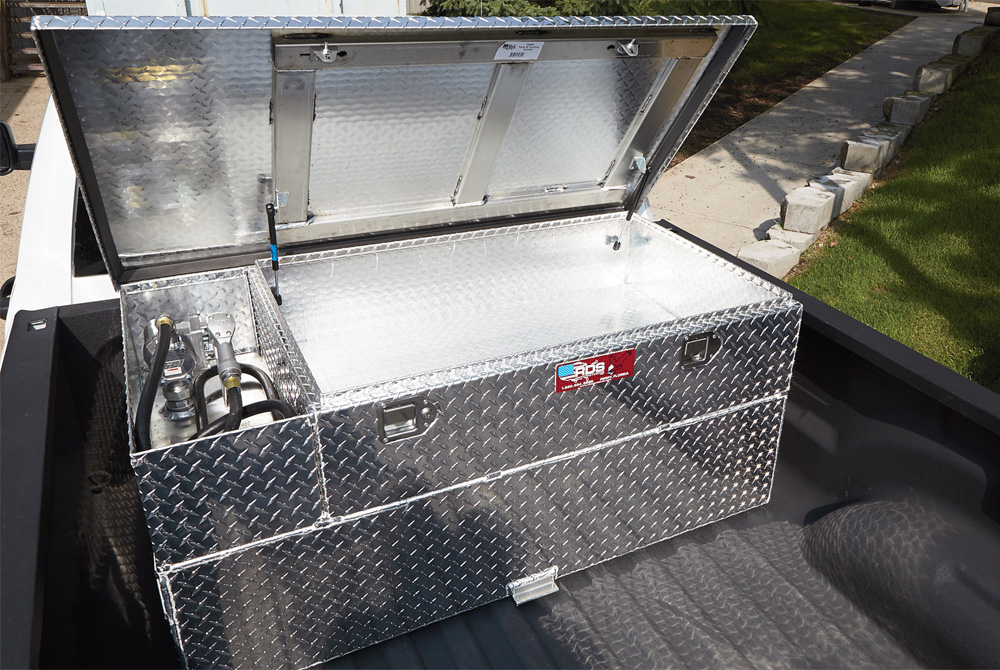I am sure there is more information available, but for now let’s touch on these 10 things to know about a transfer tank.

1. What Exactly Is A Transfer Tank
The Vehicle Equipment Safety Commission (VESC) defines a transfer tank as a fuel storage tank and/or other component, to hold more fuel than what the original manufacturer had intended that is attached to the vehicle. This ‘additional’ tank is secured to the vehicle. Basically the transfer tank is to hold additional fuel which can be transferred when need. They can operate in a different manner and the two most obvious are:
- The fuel is transferred to the main tank /tanker truck then used
- The fuel is used directly from the auxiliary tank.
This is really great for those travelling very long distances. Places out west or the southwest, Central Canada, or even the Outback will be in need of a good transfer tank. Sometime fuel and service stations and truck stops can be few and far between. No one wants to run out of gas and be at the mercy of the auto club, at least not for something as basic as having enough fuel.






